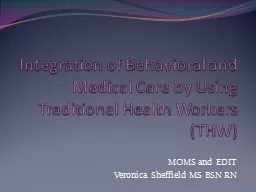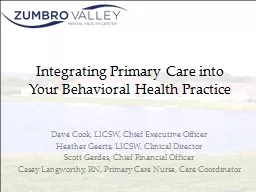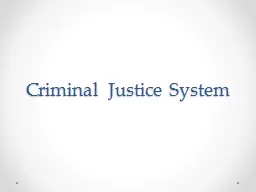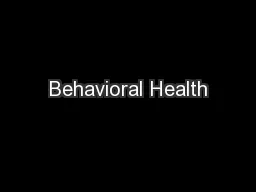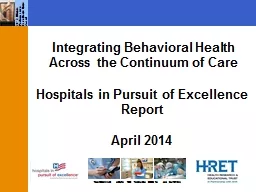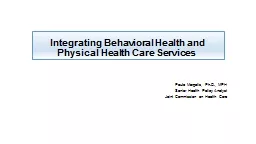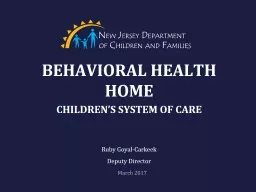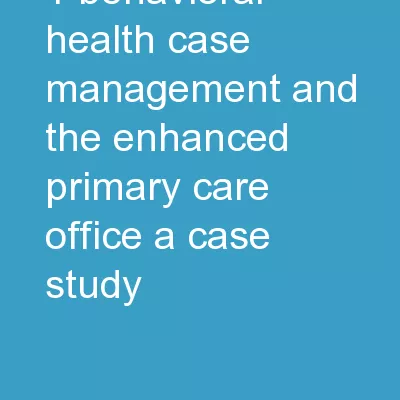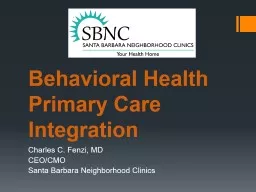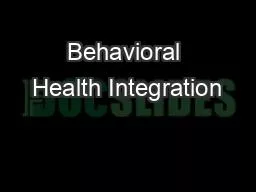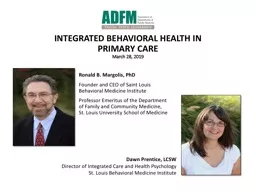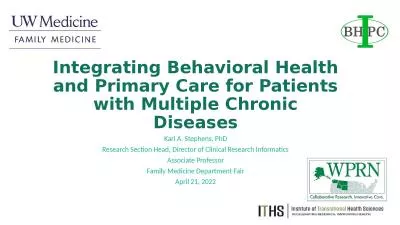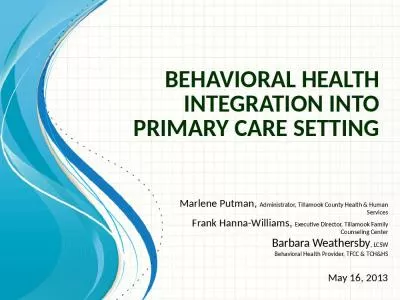PPT-Integration of Behavioral and Medical Care by Using Traditional Health Workers (THW)
Author : pasty-toler | Published Date : 2019-02-01
MOMS and EDIT Veronica Sheffield MS BSN RN Meeting Members Where They Are One of the CCO mandates is the use of Traditional Health Workers THW THW are called
Presentation Embed Code
Download Presentation
Download Presentation The PPT/PDF document "Integration of Behavioral and Medical Ca..." is the property of its rightful owner. Permission is granted to download and print the materials on this website for personal, non-commercial use only, and to display it on your personal computer provided you do not modify the materials and that you retain all copyright notices contained in the materials. By downloading content from our website, you accept the terms of this agreement.
Integration of Behavioral and Medical Care by Using Traditional Health Workers (THW): Transcript
Download Rules Of Document
"Integration of Behavioral and Medical Care by Using Traditional Health Workers (THW)"The content belongs to its owner. You may download and print it for personal use, without modification, and keep all copyright notices. By downloading, you agree to these terms.
Related Documents

